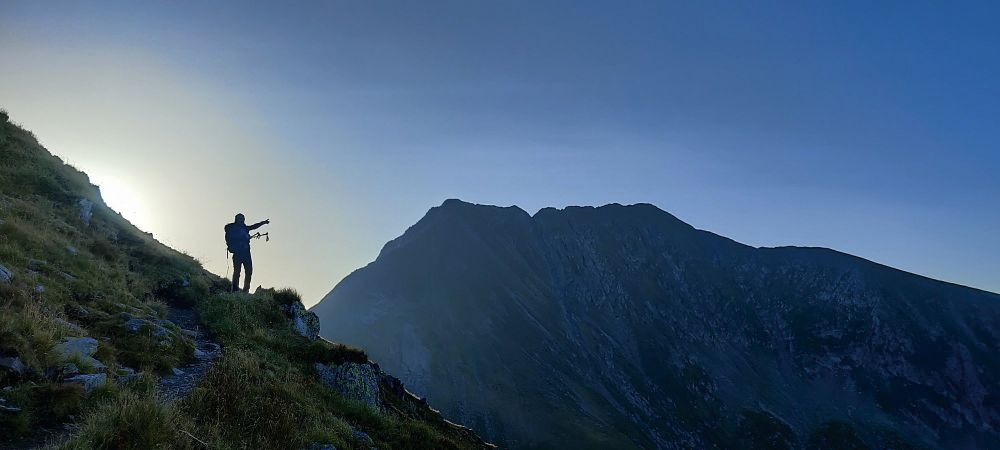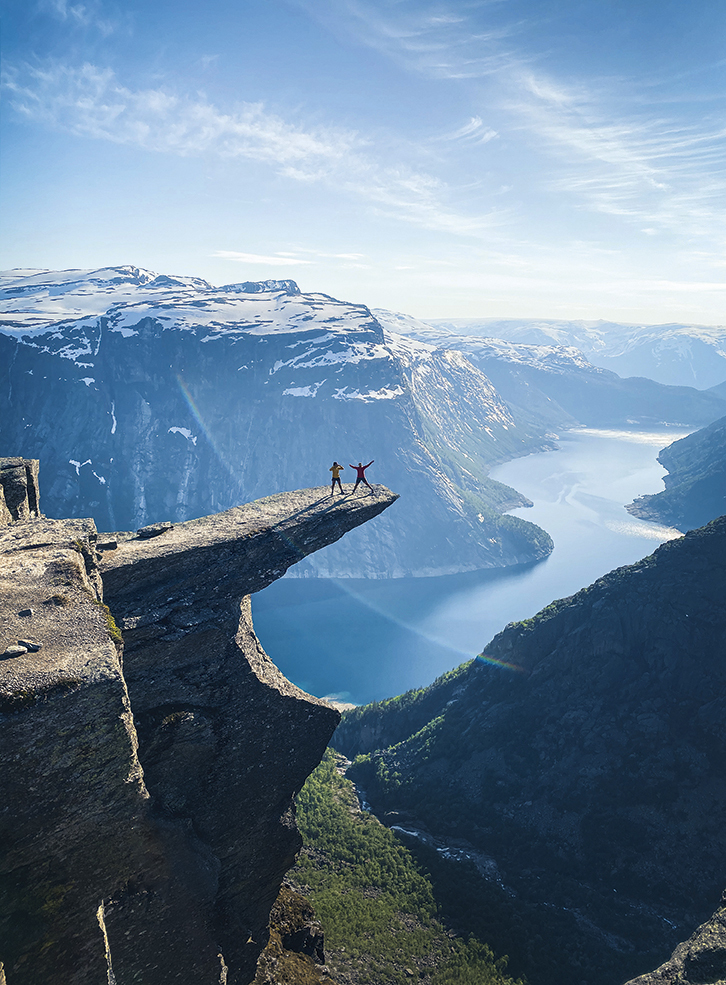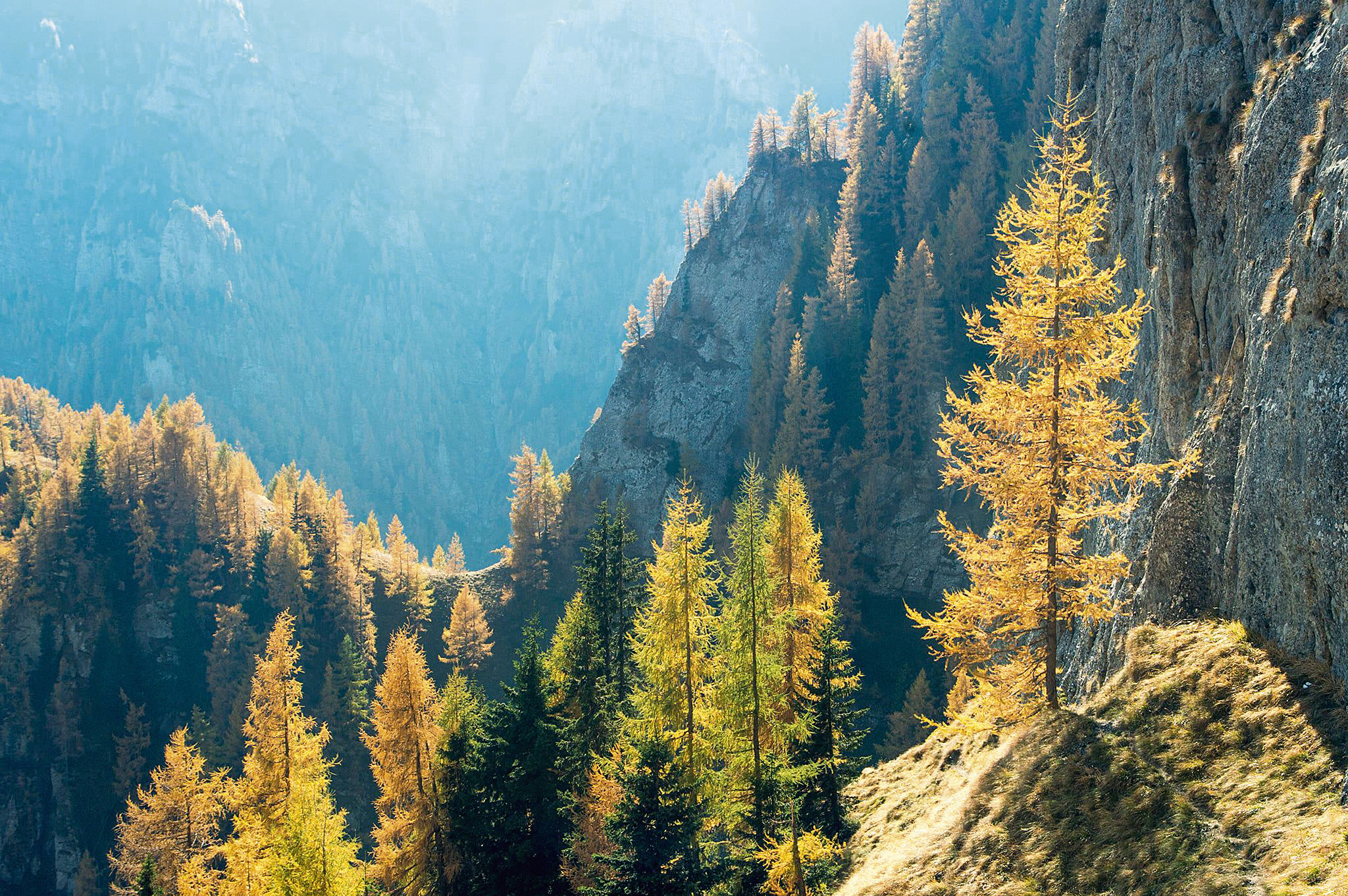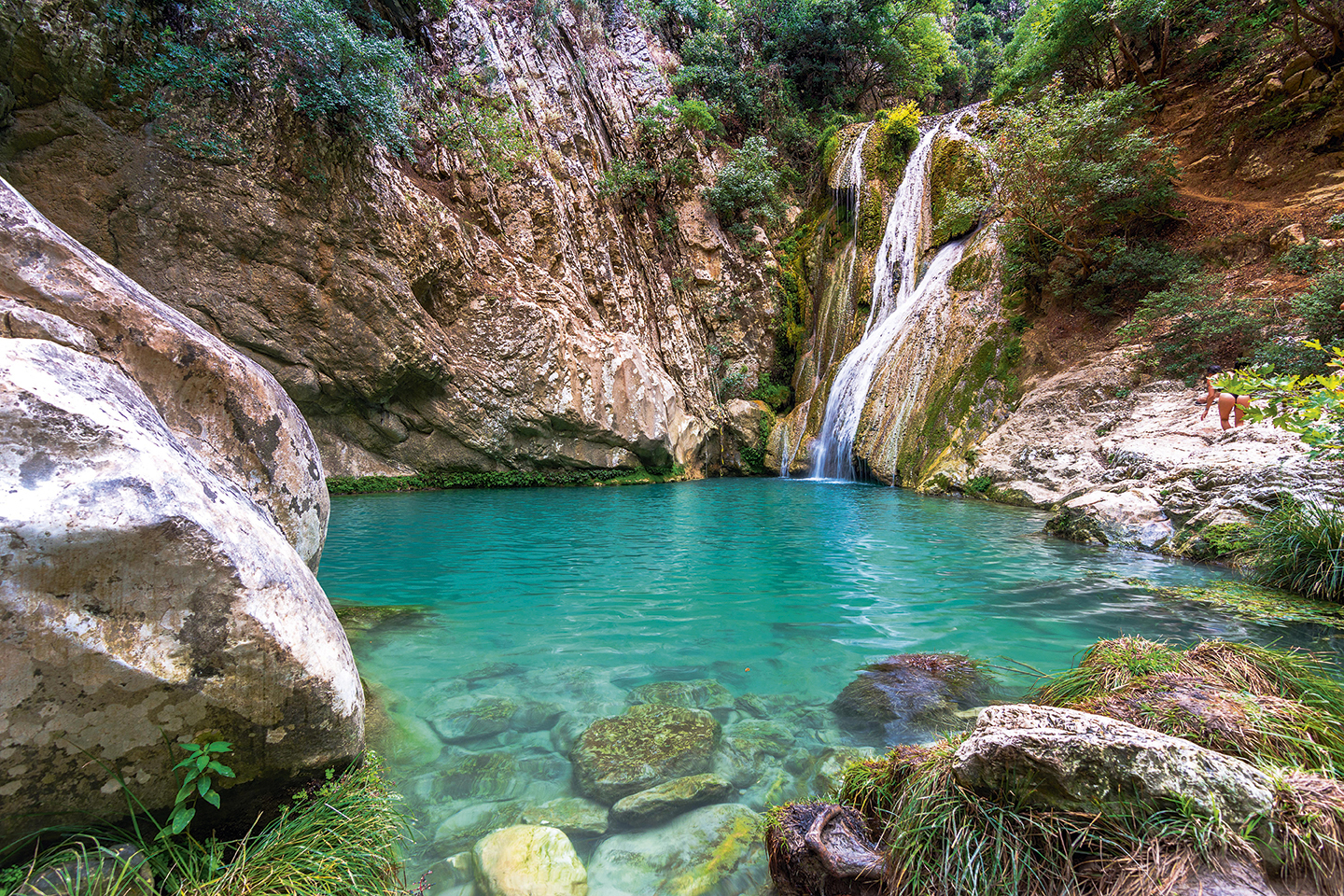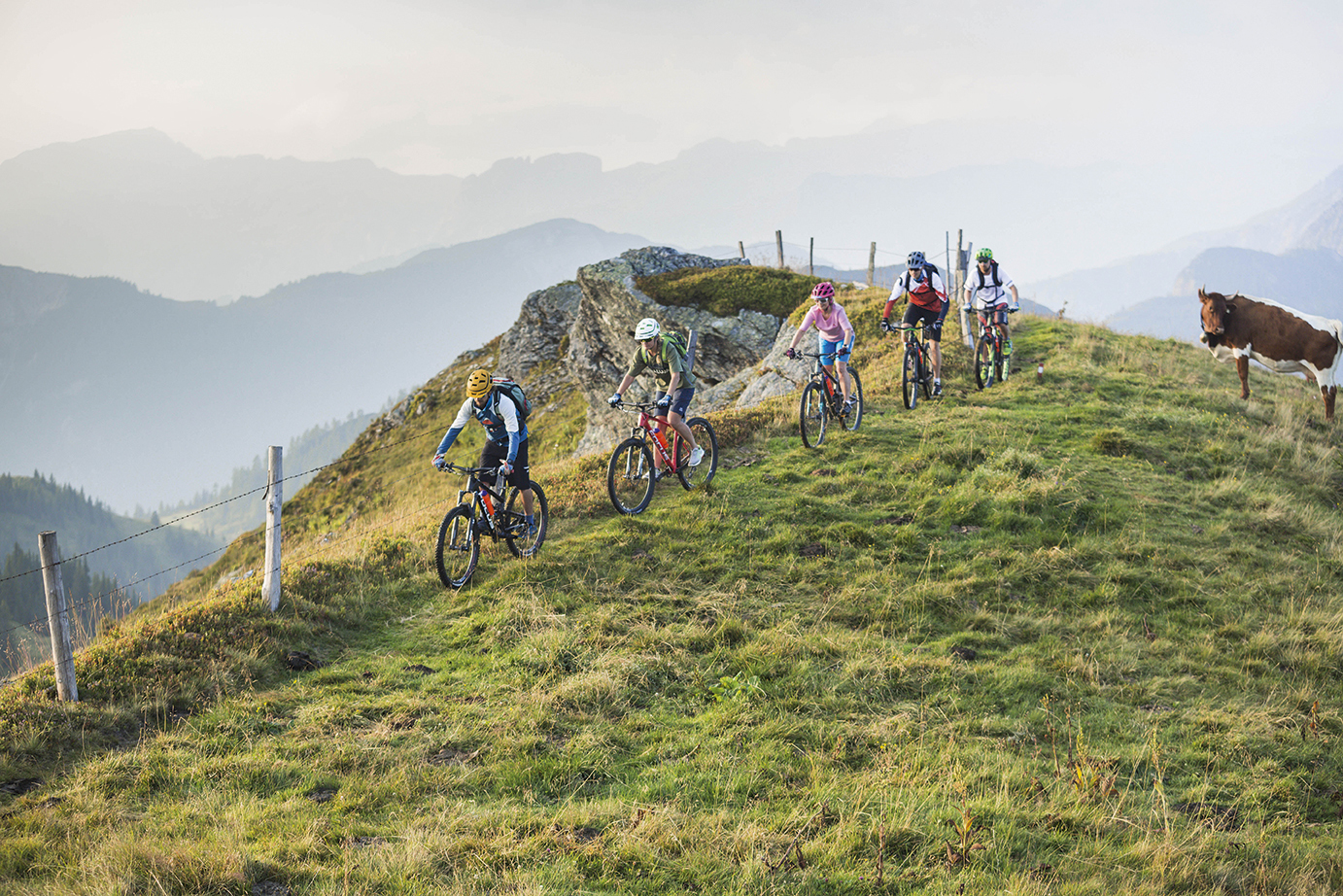Fjord and fell touring Norway
Some 1,100m up, the smooth ledge of Trolltunga juts out over the deep blue waters of Ringedalsvatnet. This unparalleled panorama is worth the effort. The first 1km of the 10-12 hour round-trip is a climb that gets the blood pumping and by the time you walk on to the spar of Precambrian bedrock, your reward is the view that has almost literally taken your breath away. The 27km hike means an early start, setting out when the puddle-strewn plateaus are still mottled with scudding morning mists.
Trolltunga is Norway’s world-renowned hike, but it’s certainly not the only show-stopper on the stunning Sørfjord. A branch of the huge Hardangerfjord, which begins in Bergen and spreads east like a glacier crack across the interior, Sørfjord has abundant adventurous but less gruelling trails, like the 2.5hr hike up Buerbreen valley. Just 30 minutes in, you get your first glimpse of Norway’s southernmost glacier. Here, the finger of Folgefonna spills over the rocky outcrop in a rough-hewn hulk of white-blue. Its trickling rivulets of meltwater merge into the electric blue river that roars alongside the trail, feeding the lush valley before pouring into the great fjord.
For much of the year, the trail is covered in strata of fog and snow, but summer brings bright blue skies and easy accessibility. Still, even in high summer, the breeze blowing down from Folgefonna has an icy bite – welcome after the haul to its base, up short rope climbs and over rudimentary bridges.
In the north, Kinsarvik’s Four Waterfalls trail is a quick hike crammed with cascades and Arctic beauty. Between the thundering falls, the Norwegian woods are painted with mint-green and lilac mosses that flatten softly underfoot. The dramatic and often deserted summit, where Sote Foss surges over the green and grey stone, is Sørfjord’s best sunset spot.

